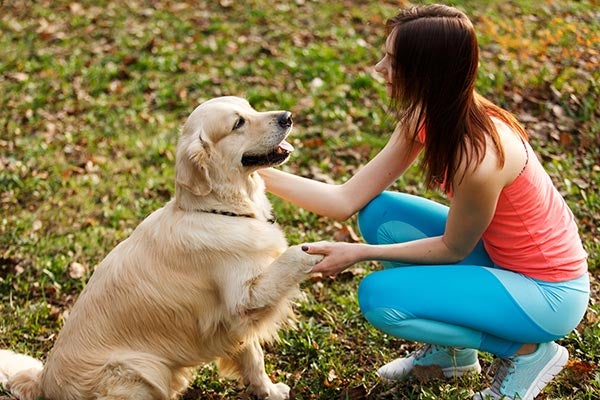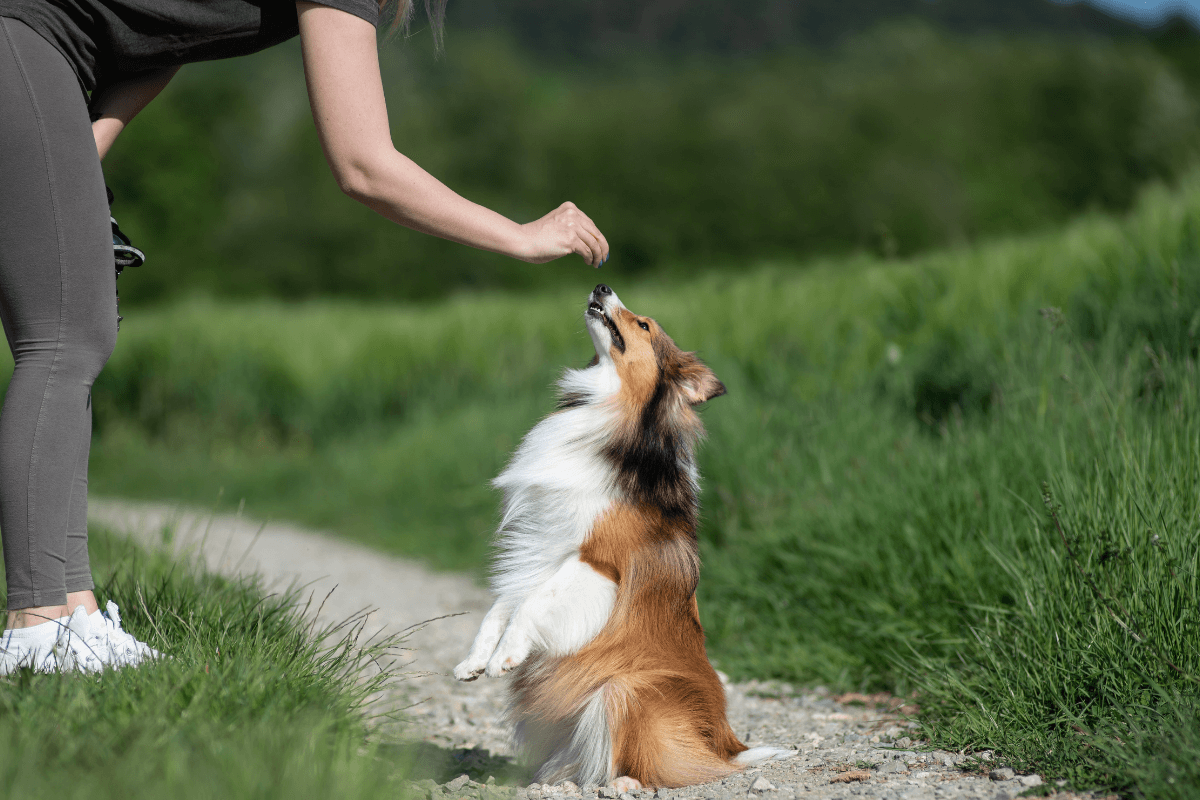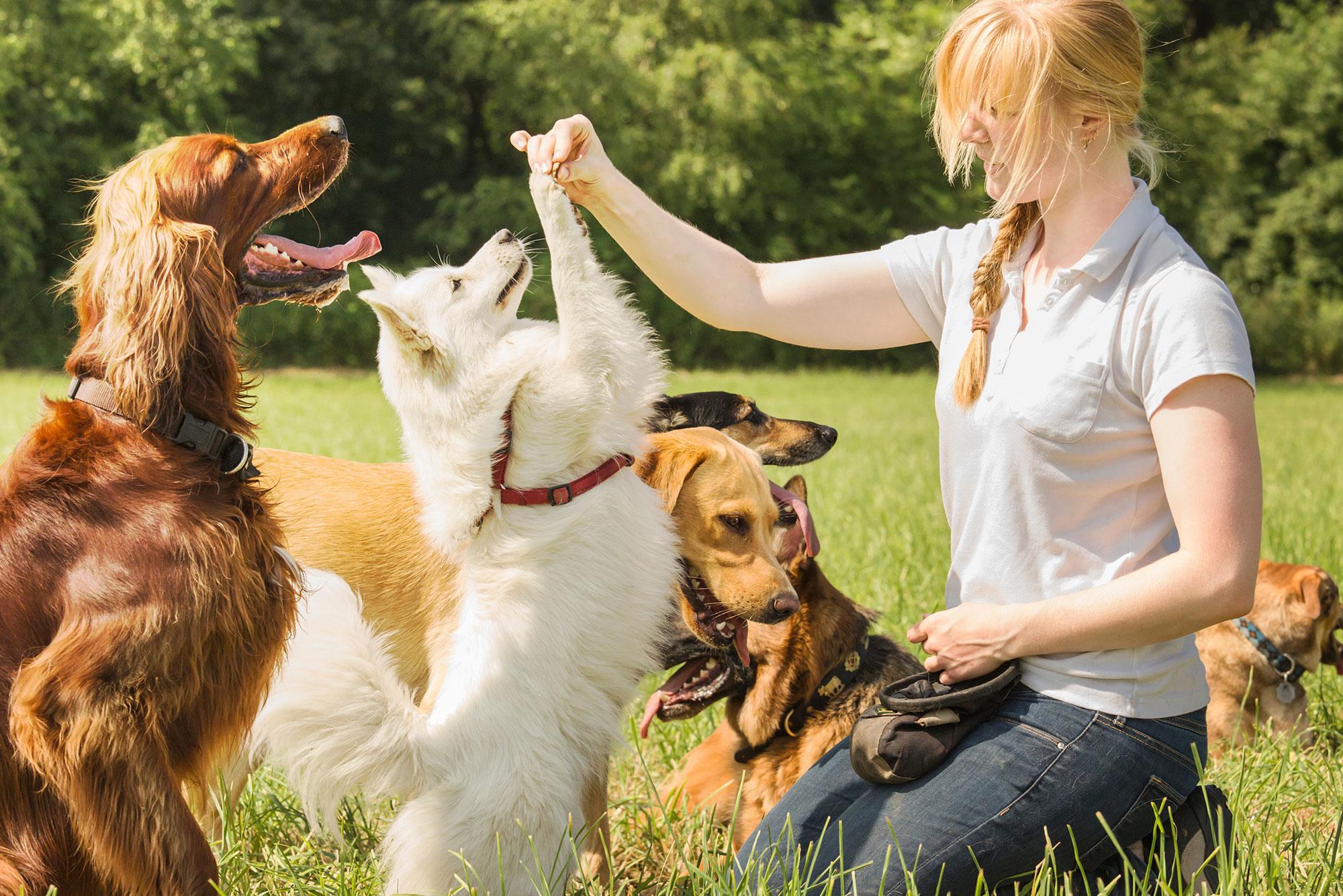The Advantages of Very Early Dog Training for a Mannerly Animal
The Advantages of Very Early Dog Training for a Mannerly Animal
Blog Article
Important Tips for Successful Dog Training: An Overview for Animal Owners
Reliable dog training is a complex procedure that needs a critical method tailored to both the pet dog's temperament and the proprietor's purposes. Comprehending how to navigate these obstacles can significantly improve the training experience, eventually changing the partnership between proprietor and pet.
Understanding Dog Behavior
Recognizing pet dog behavior is important for reliable training and cultivating an unified connection between dogs and their proprietors. dog training. Canines connect mostly with body language, articulations, and activities, making it crucial for proprietors to analyze these signals precisely.

Socialization plays a substantial role in dog habits; exposure to numerous environments, individuals, and various other pets can significantly influence a pet dog's temperament. Additionally, variables such as breed characteristics and individual character need to guide training methods, as some types might have certain behavior attributes that necessitate customized strategies. By comprehending these elements, proprietors can develop an encouraging setting that encourages favorable habits, leading to successful training results and a deeper bond with their animals.
Developing Constant Commands
Efficient communication with your pet starts with developing constant commands. This fundamental aspect of training is vital for cultivating understanding between you and your pet dog. Consistency in the commands you utilize ensures that your canine can accurately link specific words or expressions with the wanted actions.
When picking commands, choose clear, distinct words that are simple to claim and set apart from one an additional. Avoid utilizing similar-sounding commands that might confuse your canine. Using "rest" and "stay" is suitable, however "rest" and "hit" could lead to misunderstandings.
In addition, maintain the same tone and quantity for every command. Pet dogs are sensitive to singing cues, so varying your tone can produce confusion.
It is equally crucial to make certain that all family participants get on the exact same web page concerning the commands made use of. A united front in command use will certainly stop combined signals and reinforce the discovering process.
Favorable Reinforcement Methods
The power of positive reinforcement in pet training depends on its capacity to motivate desired behaviors with benefits and appreciation. This method is grounded in the principle that habits followed by positive outcomes are more probable to be repeated. By incorporating positive reinforcement into your training routine, you can properly shape your pet dog's behavior in a useful way.
To carry out positive support, it's important to identify what encourages your canine, whether it be treats, toys, or verbal appreciation. When your pet dog does a preferred action, such as sitting on command, promptly reward them with a treat or love. This organization between the command and the favorable result enhances their understanding.
It's crucial to timing Web Site the incentives appropriately; supplying the support within secs of the desired behavior helps your pet make the connection (dog training). In addition, uniformity is crucial-- ensure that all relative use the exact same commands and reward systems to prevent confusion

Gradually, you can reduce the regularity of treats as your canine finds out the behavior, transitioning to commend or periodic incentives. This method not just cultivates a solid bond why not look here in between you and your canine but also promotes a positive learning setting, making training a pleasurable experience for both.
Socialization and Interaction
Regularly exposing your canine to a selection of environments, individuals, and other animals is essential for their social growth. Socialization must begin early, preferably during the crucial window of 3 to 14 weeks, when puppies are most receptive to brand-new experiences. Older canines can also profit from recurring socializing efforts.
Introduce your pet to various settings, such as parks, pet-friendly stores, and metropolitan areas. This direct exposure assists them adapt to various stimulations, reducing anxiousness and concern reactions. Urge positive interactions with various other canines and individuals, ensuring that these encounters are controlled and risk-free to promote self-confidence.
Make use of structured playdates with genteel canines, as this can improve your pet's social abilities and teach them suitable habits. Obedience classes and training sessions additionally provide exceptional opportunities for socializing, allowing your canine to communicate with others in a monitored environment.
Display your canine's body movement during communications, as this will certainly assist you evaluate their comfort degree. Gradually enhance direct exposure to more tough scenarios while making sure that each experience is favorable. A well-socialized canine is much more likely to show well balanced habits, making them a delight to have in any kind of setting.
Attending To Typical Training Difficulties
Every canine owner will certainly encounter training difficulties eventually, despite their dog's age or socializing level. Identifying typical issues such as stubbornness, interruptions, and fearfulness can help in developing effective strategies for improvement.

Progressively introduce interruptions as the dog ends up being a lot more skilled in commands. Short, regular training sessions are additionally reliable in keeping i loved this attention.
Fearfulness can hinder a canine's discovering procedure. Progressive desensitization to the source of concern, coupled with favorable reinforcement, can aid reduce stress and anxiety. Patience is vital; never ever compel a pet dog right into a situation that causes distress, as this might aggravate the problem.
Eventually, understanding and dealing with these typical difficulties with a structured technique will certainly promote a much more productive training experience, enhancing the bond in between pet and proprietor while promoting effective learning.
Final Thought
In summary, effective pet dog training counts on a thorough understanding of canine behavior, the establishment of constant commands, and the application of favorable support methods. Socializing plays a vital role in developing well-adjusted animals, while addressing common training difficulties calls for patience and versatility. By executing these vital approaches, family pet owners can cultivate a solid bond with their pets and advertise preferable habits, ultimately bring about a harmonious connection between human beings and their canine companions.
Comprehending pet dog actions is essential for reliable training and cultivating a harmonious connection in between canines and their owners.Socialization plays a significant role in pet dog actions; direct exposure to various atmospheres, people, and other pets can dramatically influence a canine's temperament.The power of favorable support in pet dog training exists in its ability to urge desired habits via benefits and praise. By including positive support right into your training program, you can efficiently shape your pet's habits in a useful way.
In summary, effective pet training counts on a comprehensive understanding of canine actions, the facility of regular commands, and the application of favorable reinforcement strategies.
Report this page